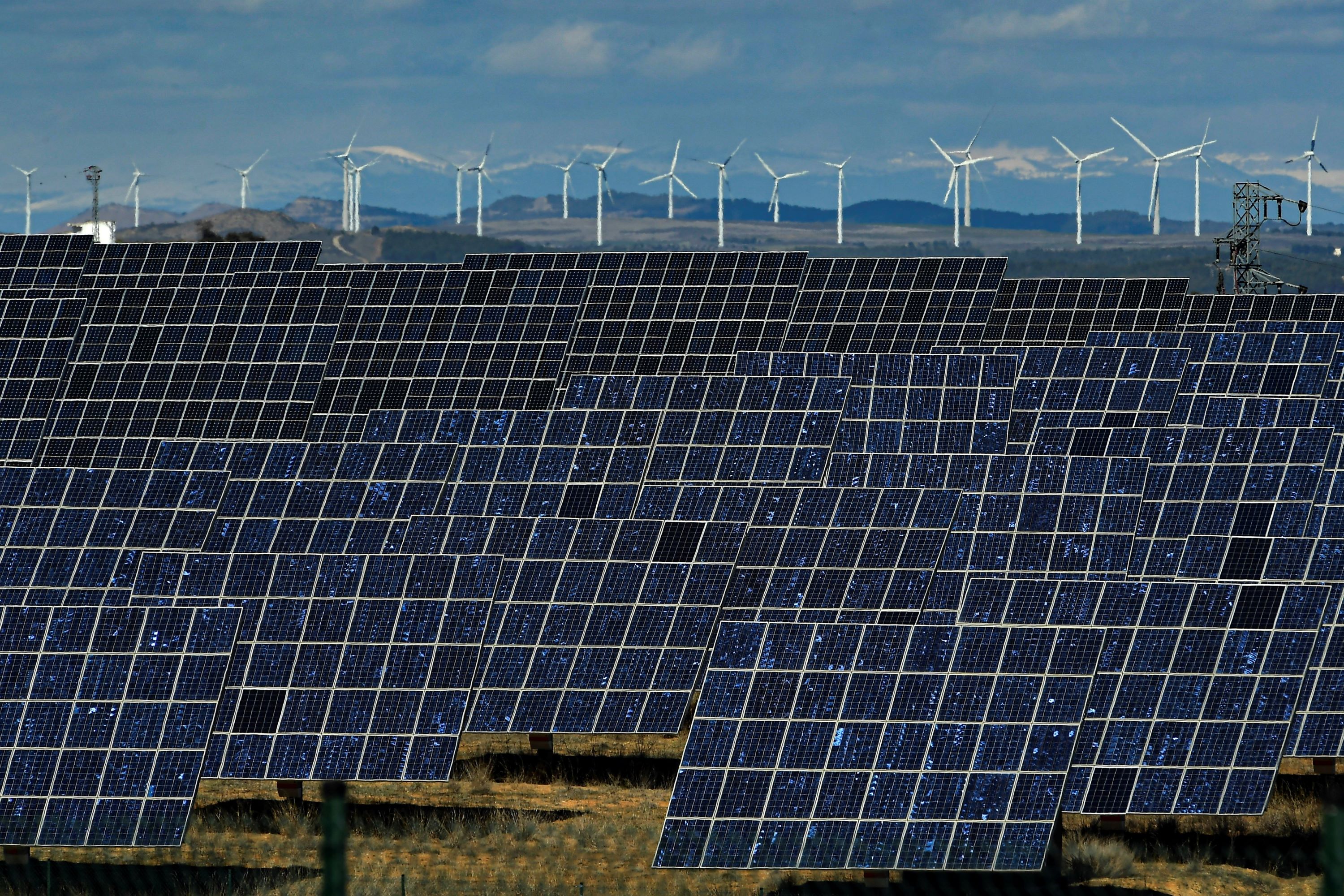
LONDON/SAO PAULO - Countries' climate plans are not yet in line with a goal to triple renewable energy capacity worldwide by 2030 which was set at the COP28 climate summit in Dubai last year, a report by the International Energy Agency (IEA) said on Tuesday.
The target would involve increasing installed renewable energy capacity to at least 11,000 gigawatts (GW) by the end of the decade, compared to 4,209 GW in 2023.
Very few countries - just 14 out of a total of 194 - have included specific targets for total renewable power capacity for 2030 in their commitments under the Paris Agreement climate pact, called nationally determined contributions (NDCS).
READ MORE: Rescue worker dies, several thousand evacuated in southern Germany floods
Official commitments in current NDCs amount to 1,300 GW – just 12 percent of what is required to meet the global tripling objective set in Dubai, the IEA said.
The domestic goals of governments in nearly 150 countries across the world go further than commitments under NDCs, corresponding to almost 8,000 GW of installed renewable capacity by 2030.
A UN climate meeting is taking place in Bonn, Germany, from June 3-13 to work on the new round of plans, among other issues such as climate finance
That means that if countries were to include all their existing policies, plans and estimates in their new NDCs due to be presented next year, they would reflect 70 percent of what is needed by 2030 to reach the tripling goal but the world would still be 30 percent short of the goal.
READ MORE: Pakistan temperatures cross 52C in heatwave
Countries had to submit their new or updated NDCs every five years after 2020 so next year they have to include revised ambitions for 2030.
A UN climate meeting is taking place in Bonn, Germany, from June 3-13 to work on the new round of plans, among other issues such as climate finance.
"This report makes clear that the tripling target is ambitious but achievable – though only if governments quickly turn promises into plans of action,” said IEA executive director Fatih Birol.

Climate change
Meanwhile, climate change made the recent flooding that devastated southern Brazil twice as likely, a team of international scientists said on Monday, adding that the heavy rains were also intensified by the natural El Nino phenomenon.
More than 170 people were killed and nearly 580,000 displaced after storms and floods battered Brazil's southernmost state of Rio Grande do Sul last month, with local authorities describing it as the worst disaster in the region's history.
ALSO READ: WMO: El Nino weather pattern likely to swing back to La Nina this year
Even in the current climate, experts from the World Weather Attribution group said, the heavy rainfall that submerged entire towns and destroyed critical infrastructure was an "extremely rare" event expected to occur only once every 100 to 250 years. But it would have been even rarer without the effects of burning fossil fuel, the group said.
The El Nino phenomenon, which contributes to higher temperatures in many parts of the world and boosts rainfall and flood risk in parts of the Americas, also played a part in the recent disaster, the scientists noted
By combining weather observations with results from climate models, the scientists estimated that climate change had made the event in southern Brazil twice as likely and around 6 percent to 9 percent more intense.
ALSO READ: Death toll from south Brazil's extended extreme weather hits 171
"The climate in Brazil has already changed," said Lincoln Alves, a researcher at Brazil's space research center INPE. "This attribution study confirms that human activities have contributed to more intense and frequent extreme events, highlighting the country's vulnerability to climate change."
The El Nino phenomenon, which contributes to higher temperatures in many parts of the world and boosts rainfall and flood risk in parts of the Americas, also played a part in the recent disaster, the scientists noted.
The study estimated El Nino increased the probability of the event by a factor of 2 to 5, while making the rainfall 3 percent to 10 percent more intense.
ALSO READ: UAE says committed to development, sustainability of aviation industry
Failure of critical infrastructure, deforestation and the rapid urbanization of cities such as Rio Grande do Sul's capital Porto Alegre, home to 1.3 million people, helped to amplify the effects of the disaster, the scientists added.
Regina Rodrigues, a researcher at the Federal University of Santa Catarina, said well-maintained flood protection infrastructure and appropriated urban planning are necessary to minimize the impact of "such extreme events".


